From April 7 to 12, the General Assembly of the European Geosciences Union 2019 (EGU 2019) was held in the city of Vienna (Austria). It involved a total of 16,273 scientists from 113 different countries and presented a total of 5,531 oral presentations, 9,432 posters and 1,287 PICO presentations.
Researchers from the Volcanological Institute of the Canary Islands (INVOLCAN), Technological and Renewable Energy Institute (ITER) and the Insular Agency of Energy of Tenerife (AIET), dependent entities of the Island Council of Tenerife, as well as an important group of postgraduate students university students who carry out their research training in the aforementioned entities participated in this important scientific event in which they presented a total of 47 scientific communications related to various scientific topics related to volcanology, seismology, geothermal exploration, geotourism, underground hydrological resources, environmental quality, agrifood traceability, planetary sciences and scientific divulgation.
The General Assembly of the EGU aims to provide a forum in which scientists, especially young researchers, can present their work and discuss their ideas with experts in all fields of geoscience. Of the 47 scientific communications presented, 24 were funded by the VOLRISKMAC project. Of these, 20 were posters, 3 oral presentations and 1 PICO presentation.
- Adaptative spectral subtraction for enhancing microearthquake signals.
- Automatic seismic network-based monitoring of Tenerife (Canary Islands, Spain).
- Multiscale spatio-temporal analysis of seismicity: application to the 2016-2017 seismic sequence in Central Italy.
- Alkaline traps network to monitor soil CO2 efflux weekly measurements for the volcanic surveillance at Tenerife, Canary Islands.
- Low cost soil CO2 efflux monitoring network for the volcanic surveillance of Cumbre Vieja volcano, La Palma, Canary Islands.
- Geochemical monitoring of the Tenerife Northeastern Rift Zone (NERZ) volcano (Canary Islands) by means of diffuse CO2 degassing surveys.
- Surface diffuse degassing monitoring of the Tenerife Northwestern Rift Zone (NWRZ) volcano, Canary Islands.
- Monitoring diffuse CO2 degassing in a monogenetic volcanic field during a quiescent period: the case of Timanfaya volcano (Lanzarote, Canary Islands, Spain).
- Spatial-temporal variations of surface diffuse CO2 degassing from Cumbre Vieja volcano, La Palma, Canary Islands.
- Geochemical monitoring of El Hierro volcano (Canary Islands) by means of diffuse CO2 degassing surveys.
- Diffuse CO2 degassing from Brava Volcanic System, Cape Verde: a valuable tool to forecast volcanic unrest episodes.
- Diffuse degassing at the oceanic volcanic island of Madeira, Portugal.
- Soil He and H2 emissions at Furnas Volcano, São Miguel Island, Azores.
- Disruption of air traffic by small-magnitude eruptions: possible scenarios for the Canary Islands.
- Short-term variations of diffuse He and H2 at the summit cráter of Teide volcano, Tenerife, Canary Islands.
- Anticorrelated ground deformation pattern between Mauna Loa and Kilauea.
- Diffuse CO2 degassing surveys for volcano monitoring of the North-South Rift Zone (NSRZ) volcano, Canary Islands.
- Financial markets tools for multiscale analysis of geochemical and geophysical time series.
- Groundwater geochemical monitoring for the volcanic surveillance of Tenerife, Canary Islands.
- Short-term variations of diffuse thermal energy released from the summit crater of Teide volcano, Tenerife, Canary Islands.
- Long-term continuous monitoring of CO2 emission from the summit cone of Teide volcano, Tenerife, Canary Islands.
- Is the seismicity of Tenerife (Canary Islands) increasing?
- Pitfalls and ambiguities in the inversion of volcanic infrasound data.
- Earthquake clusters in the seismicity of Tenerife (Canary Islands, Spain).

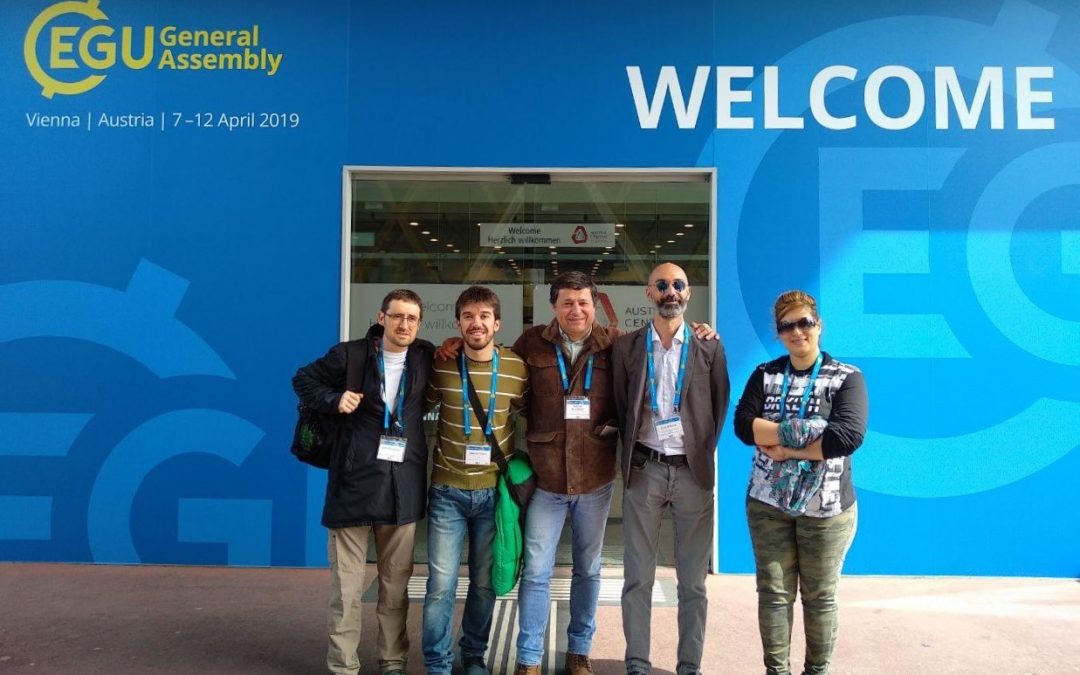
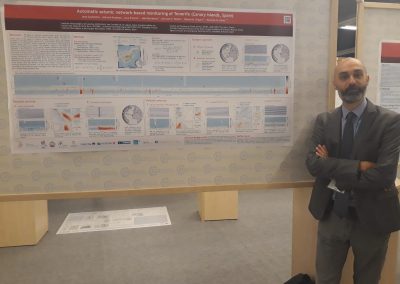
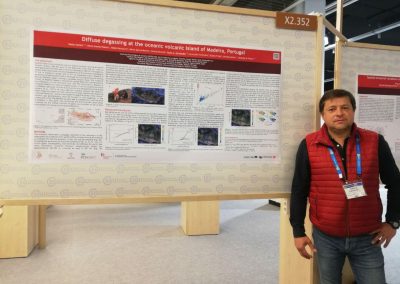

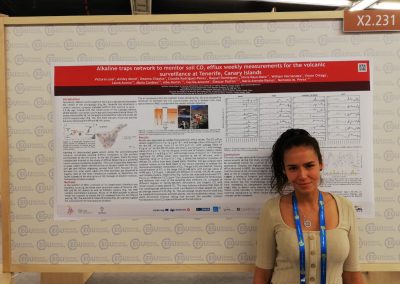
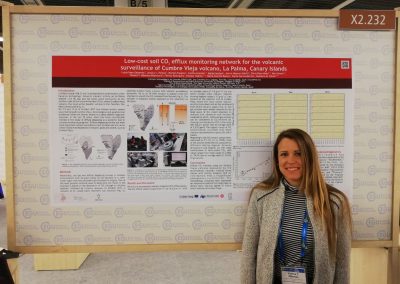
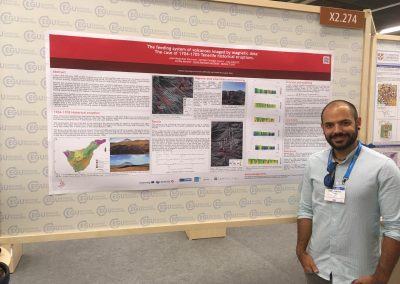
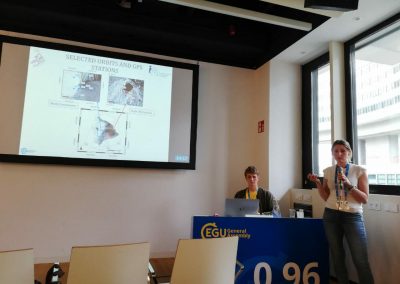
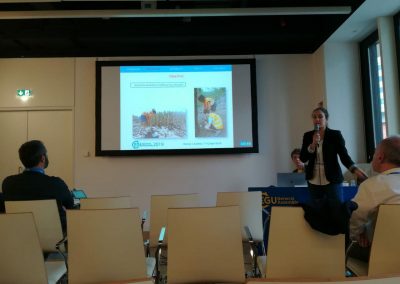
Recent Comments